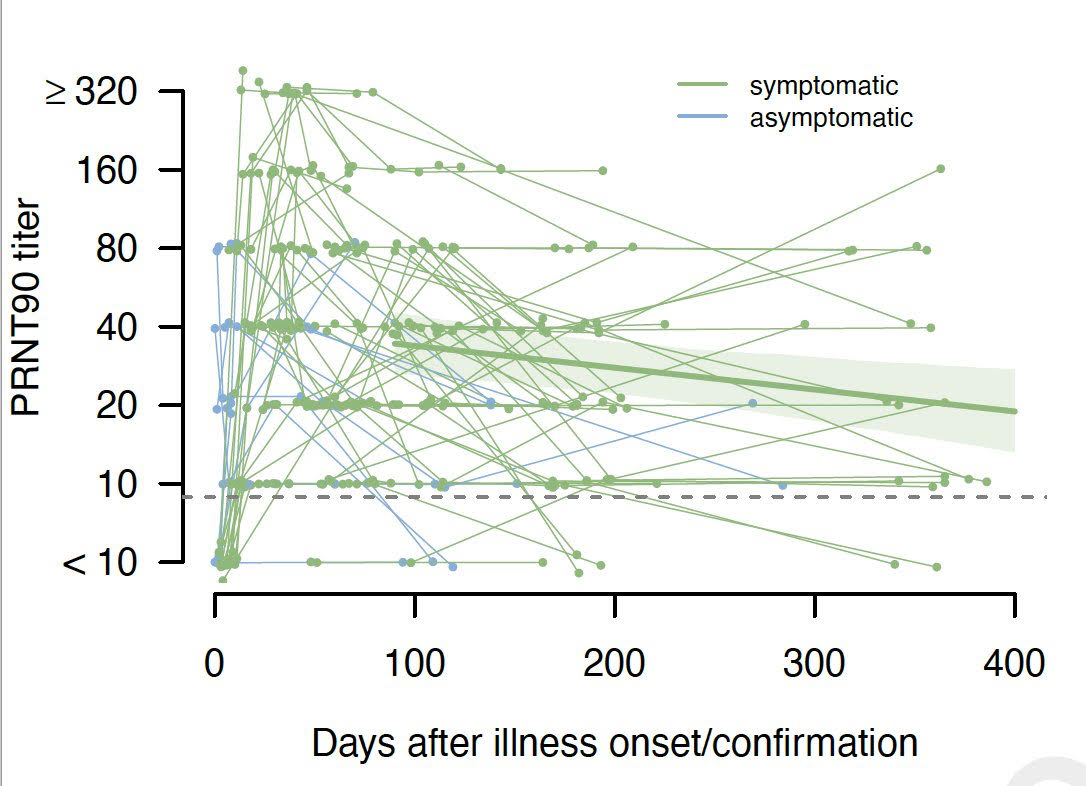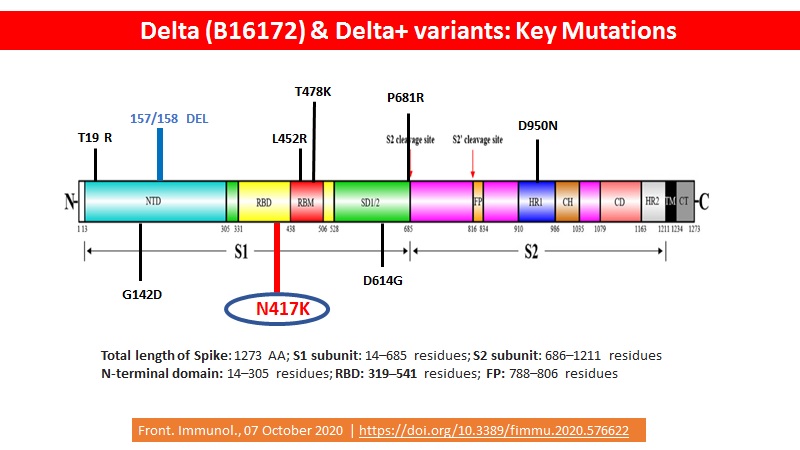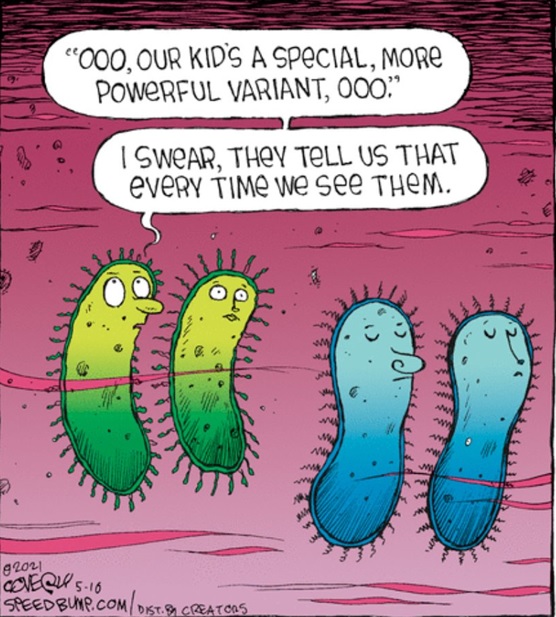
For how long protection against reinfection with #SARSCoV2 lasts after a symptomatic #Covid19 disease? Almost FIVE YEARS, according to a new modelling study 1/
papers.ssrn.com/sol3/papers.cf…
papers.ssrn.com/sol3/papers.cf…

The duration of immunity in #SARSCoV2 infected people remains unclear. Recent studies have estimated that the correlate of 50% protection from re-infection was 20% of the mean convalescent #NAbs titre 2/ 

The sera collected from a cohort of 125 individuals with RT-PCR confirmed SARSCoV2 infections up to 386 days after symptom onset. In the subset of 65 sera collected from day 151 to 386 after symptom onset, all remained positive in PRNT50 3/ 

Since Ab waning follows a bimodal pattern with slower waning > day 90 after illness, lines of decay fitted to 115 sera from 62 patients collected beyond 90 after symptom onset & estimate that #PRNT50 Ab will remain detectable for around 1,717 days after symptom onset 4/ 

Break-up: 1,574 days for mild infections & 2,709 days for severe infections. However, because the slope of decline was not significant for symptomatic patients, these may be under-estimates 5/
Peak PRNT titres in mildly symptomatic #children did not differ from those in mildly symptomatic adults but these antibody titres appear to wane faster in children. 6/
Further, even if protection from re-infection may wane beyond 2 years after infection, immune memory for both B & T cell compartments are likely to remain and will lead to rapid increase in NAbs upon re-infection, thus conferring even longer protection from severe disease
7/
7/
Can these results from natural infection be directly extrapolated to results from #immunization? No. Since, on one hand, #mRNA vaccines elicit NAbs titres markedly higher that those obtained from natural infection, some vaccines produce significantly low NAbs titers 8/
The generation of #memory B cells & long-lasting plasma cells resident in bone marrow following vaccination may differ markedly with that arising from natural infection & this may be reflected in differences in rates of antibody waning and in the correlates of protection 9/
Interestingly, the breadth of cross neutralization appears to increase over time following natural infections but whether then same will occur after vaccination remains to be understood 10/
• • •
Missing some Tweet in this thread? You can try to
force a refresh













